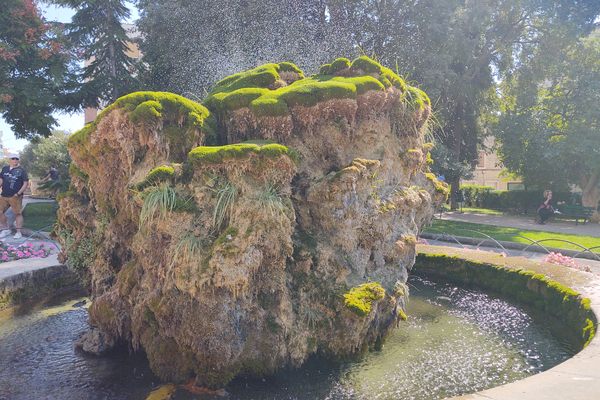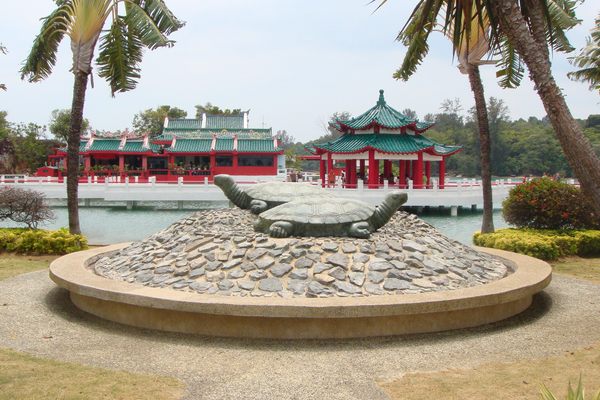About
Shell Beach stretches for about 90 miles along the Atlantic coast of Guyana, not far from the border with Venezuela. From March to August, four species of marine turtles, all of which are either vulnerable or endangered, come ashore to lay their eggs.
Of the world’s seven remaining species of marine turtles, almost all have been pushed to endangered levels. Hunting, habitat loss, plastics pollution, climate change, and accidentally being caught in fishing nets continue to threaten the existence of these large and long-living creatures.
Shell Beach, named after the shells that form its 90-mile extent, is a vital nesting ground for four of these marine turtle species. This in itself is a rare occurrence, as most of the world’s sea turtle nesting sites are visited by only one or two species.
Each year between March and August, female leatherback, olive ridley, hawksbill, and green turtles come ashore to lay their eggs. Under cover of night, the females make their way up the beach, often to the very spot at which they were born. Each female then digs an egg chamber and fills it with around 100 eggs before covering it with sand. The hatchlings emerge around 45 to 70 days later, making a mad dash for the water. Between 15 and 40 years later, many of these same hatchlings will return to Shell Beach to continue the cycle.
This cycle, however, is a fragile thing. Thankfully, the turtles and the wider marine environment of Shell Beach have a protector. In 2000, Dr. Peter Pritchard and Romeo De Freitas founded the Guyana Marine Turtle Conservation Society, a non-governmental conservation program that has worked tirelessly to protect the turtles of Shell Beach from hunting, habitat loss (by erosion and human activity), commercial fishing, and the pollution of the oceans.
Trying to monitor a 90 mile stretch of beach, especially at night, is no simple task. But thanks to the work of the Guyana Marine Turtle Conservation Society, visitors can still make the long trip to Shell Beach to watch the turtles coming ashore and maybe catch the hatchlings as they make their first journey to the sea. Which, for nature lovers, is one of the world’s most spectacular events.
Related Tags
Know Before You Go
Shell Beach is located in the Barima-Waini Region in the northwest of Guyana. While the entire extend goes by the name Shell Beach, it consists of nine beach sections, most of which are unpopulated (the largest permanent human populations are found at Almond Beach and Gwennie Beach, each with about 150 to 180 residents). It can be quite a mission to visit Shell Beach, so most people arrange a multi-day tour from the Guyanese capital of Georgetown. These tours typically offer basic overnight accommodation, which normally involves camping on or near the beach, which is ideal for the nightly excursions to see the turtles. Remember that between March and August is the time to visit.
Do not harass or in any way interact with the turtles. Maintain a safe distance from both the turtles and their nests.
Community Contributors
Added By
Published
November 22, 2018
Sources
- https://apnews.com/72e00e77215a4044b94ee4ee3d9f7225
- https://www.caribbean-beat.com/issue-85/michelle-kalamandeen-its-commitment-counts#axzz5XVIz282P
- https://www.bradtguides.com/destinations/central-south-america/guyana/shell-beach.html
- https://www.iexplore.com/experiences/beaches/Guyana-Shell-Beach-Sea-Turtles
- https://newsroom.gy/2016/08/07/shell-beach-hideout-endangered/
- https://theorangemango.com/turtle-trekking-at-shell-beach-guyana/
- http://nre.gov.gy/wp-content/uploads/2016/05/Protected-Area-Mgmt-Plan-Shell-Beach.pdf





























